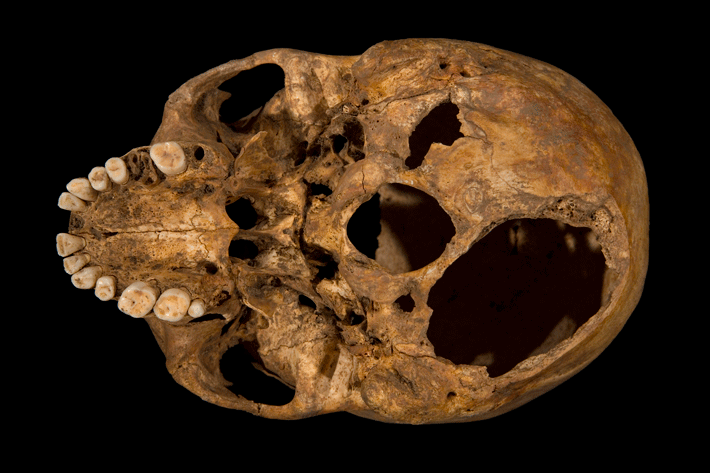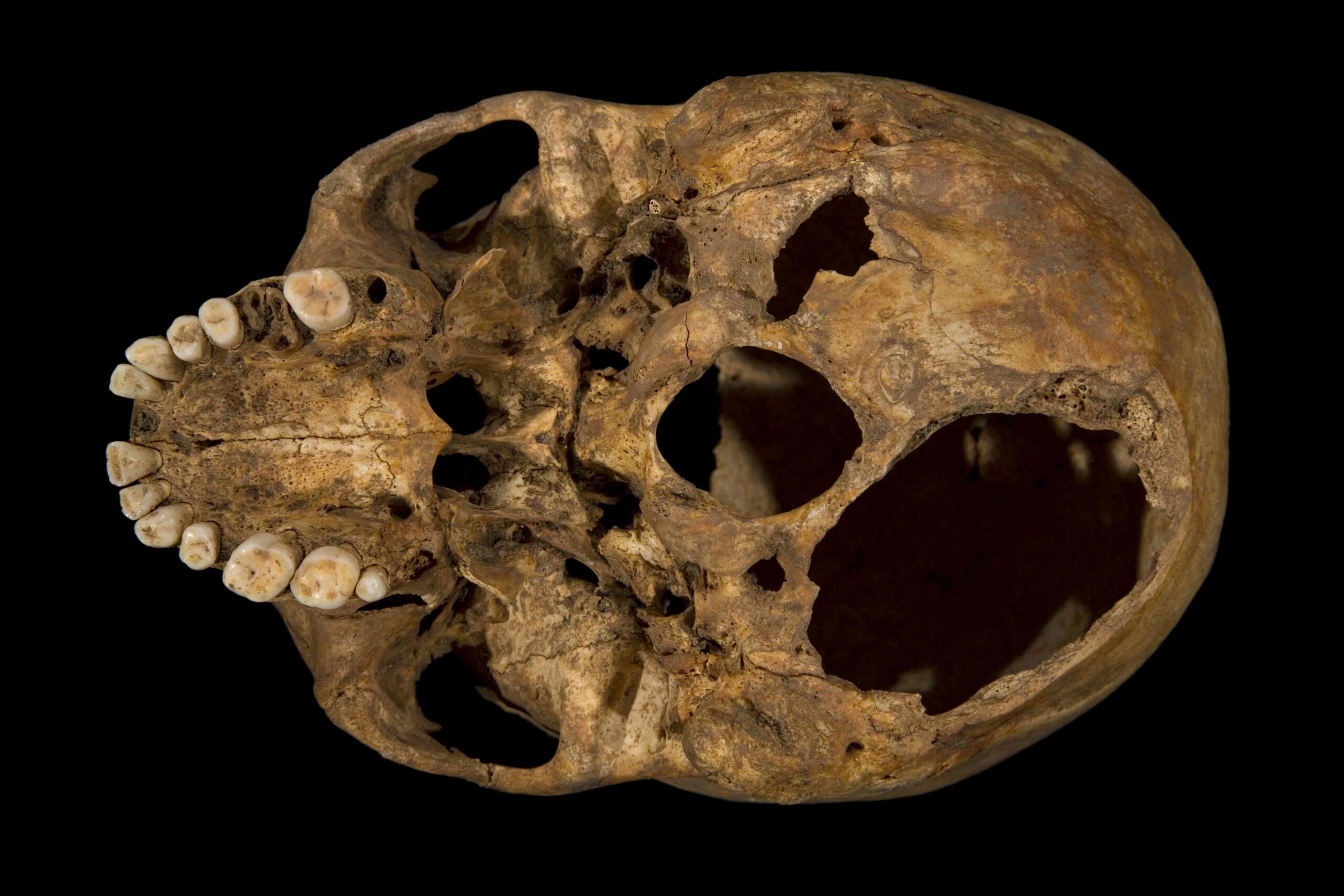
The skeleton of Richard III, discovered in 2012, is continuing an active afterlife as it makes its way from the ground beneath a parking lot to an elaborate new tomb in Leicester Cathedral. Recently published isotope analysis of two teeth, a femur, and a rib from the skeleton is revealing the diet of the much-maligned late-medieval monarch throughout his life. Results indicate that he likely moved during childhood and later enjoyed an aristocratic diet that grew notably richer (with fresh fish and wildfowl, including swans) upon his ascension to the throne. In particular, researchers from the British Geological Survey inferred from oxygen isotope data that, once he became king, Richard drank a truly prodigious quantity of imported wine—a quarter of his total fluid intake. As the course of his life is established, so too are the gruesome events of his death. It was clear upon his exhumation that he died a violent death, but detailed examination of his remains shows just how violent. He suffered at least 11 major wounds, nine of them to the skull, including a dagger wound to the cheek, a penetrating injury to the top of the head, and two potentially fatal slices at the base of the skull. According to study author Sarah Hainsworth of the University of Leicester, the injuries suggest a sustained attack, perhaps by several assailants, and that the king was not wearing a helmet.










